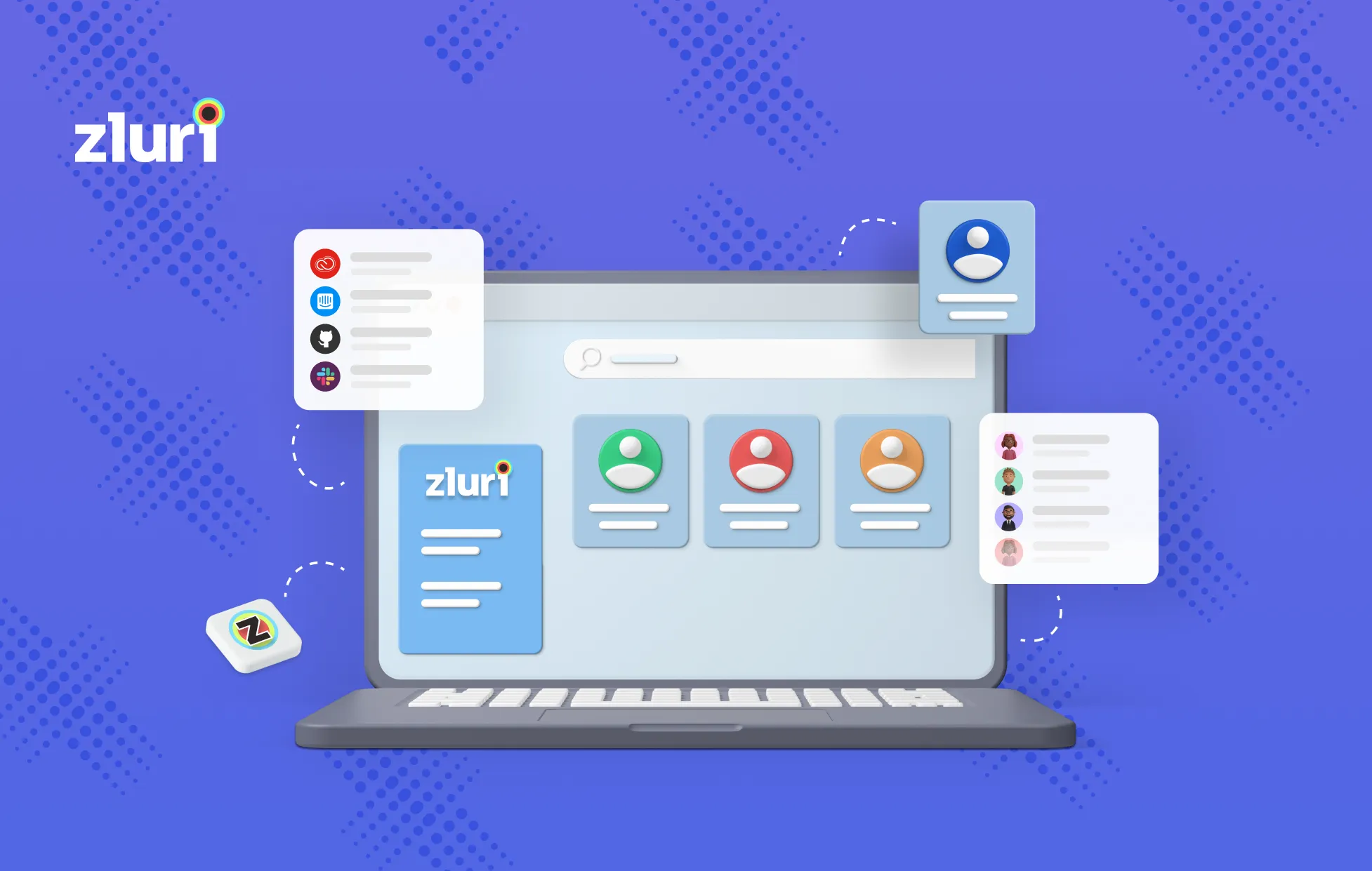It's imperative to know how your IT asses are used and whether they are serving the purpose or not. Many important metrics of IT asset management (ITAM) help to analyze and understand the utilization of IT assets.
IT asset management (ITAM) manages the lifecycle of an organization's IT assets. It ensures that all the assets within an organization are accounted for, deployed, maintained, upgraded, and terminated correctly. Tracking and managing IT assets can be challenging, but with the right set of tools and practices, an organization can optimally manage its IT assets.
IT asset management (ITAM) involves managing hardware, cloud, and software assets of the organization. A major advantage of properly managing hardware assets is that it ensures that all hardware is optimally utilized and allocated to relevant individuals. Similarly, managing software assets helps organizations to reduce the risk associated with shadow IT and eliminate duplicate applications and licenses.
In cloud asset management, organizations manage remotely provisioned cloud infrastructure and resources to ensure that they are used properly and that there is no wastage of resources.
Hardware assets such as laptops, desktops, monitors, mobile phones, printers, etc., are crucial assets, and it's necessary to properly manage them. Proper management of hardware assets ensures that all assets are optimally used, and future demands can be predicted based on the current utilization metrics. Similarly, software assets such as SaaS applications for accounting, HR, and other purposes. It is critical to managing software assets so that no licenses are unused and all demands can be fulfilled in the organization.
IT asset management (ITAM) gives you a holistic view of the organization while identifying the gap, efficiencies, and inefficiencies of IT, HR, operations, project management, service-oriented functions, and cybersecurity.
In this post, we’re going to discuss some of the metrics that organizations should track to ensure that IT assets are properly managed. We will be covering metrics related to the management of software and hardware assets only in this post.
IT Asset Management (ITAM) Metrics to Track
There are different metrics that show the efficiency of your organization's IT asset management (ITAM) practices. From the number of used licenses to unused licenses to spare laptops, all show how efficiently your organization's software and hardware assets are managed. To keep on track and minimize the wastage of IT assets, it's essential to look at different relevant metrics which help to optimize your organization's IT assets cost by ensuring that no work is affected at the same time.
Hardware Asset Management Metrics
Hardware assets are paramount and essential for conducting business work, and it facilitates employees to various tasks. While discovering and tagging different hardware assets is the first step to ensuring that all assets are monitored. It is also important to understand different assets' depreciation rates and how they are performing over time. This gives an idea about the future demands and replacements of the assets.
Some of the metrics which you should track for your hardware assets are discussed below:
- Assets utilization: This shows out of total assets available in the organization how many are being used. The large difference between the total number of assets and used assets shows that hardware assets are not efficiently used. It can be because of bulk procurement of the assets for keeping buffers.
But it is important to understand that hardware assets are depreciating in nature, so they must be procured thoughtfully to minimize the number of unused assets. Organizations should also dig deeper into this by understanding department-wise usage metrics of the allocated assets. - The number of assets under maintenance: This also gives an idea about how many assets are not in utility but can be used once their maintenance is completed. It will help in reducing the unnecessary purchase of the assets.
- The average cost of a workstation: This will help in financial projections for procurement of new assets as your company grows. A simple workstation can have a laptop or desktop, printer, and other hardware assets based on the needs of the users.
- The average age of different assets: Knowing the life of every hardware asset helps in proper planning for replacement as well as in financial projections. Further, it helps companies to minimize the unnecessary procurement of the assets if their life is less.
Software Asset Management (SAM) Metrics
Proper management of software assets not only saves cost and time but also reduces the effort required for fulfilling the new requirements. Tracking the software metrics has many benefits like the metrics acting as a baseline for future decisions, making audits easier, etc.
While taking the inventory of all softwares used in the organization is the basis, some other things which you should measure are the number of licenses that are being used, unused licenses, and department-wise applications distribution.
Some of the metrics which you should track for your software assets are discussed below:
- Software license compliance: It is one of the measure metrics to track with your software asset management tool. It is important to understand software compliance with license entitlements, renew expiring licenses, unauthorized software, and out-of-compliance licenses.
This shows the status of active and expired licenses. Furthermore, you can set alerts to get notified about any upcoming licenses renewal or expiry. It is also important to ensure that all licenses are legally compliant and in line with the software vendor contract agreement.
You can maintain a centralized database for all your software licenses and find out all the illegal, risky, and blacklisted software running in your organization. This way, you can ensure that software licenses are compliant. - The total number of licenses in use: Measuring the number of used licenses gives an overview of how efficiently licenses are used out of total procured licenses. Further, it forms a baseline for future license requirements and financial planning for future license requirements. Organizations can use tools like Zluri to discover all software licenses.
- The average number of software per user: Large organizations use more than 100 softwares for various purposes such as accounting, payroll management, collaboration, etc. The distribution of software licenses in the organization across different departments, as well as how much softwares of different types is needed, helps you understand the current and future needs of the softwares.
Use Zluri to Manage Information Technology (IT) Assets

Zluri is a SaaS management platform that enables organizations to gain complete control over their SaaS applications. With Zluri, organizations can automate various tasks like onboarding, offboarding, compliance management, etc.
Zluri has the largest app library with over 120000+ applications. Zluri discovery engine uses five methods to discover all your apps with near 100% accuracy.
Some of the key features of Zluri are:
- Applications Cost Optimization: Zluri helps you standardize your applications and eliminate budget wastage. Zluri traces your SaaS ecosystem and monitors, measures, and helps you take control of your SaaS spend. It also helps you find the hidden apps spend.
- Renewal Monitoring & SaaS Buying: With Zluri, you don't need to worry about surprise renewals. Zluri alerts about your upcoming renewals, giving you enough time to decide whether or not you need the app. You can decide that through the SaaS usage insights from Zluri.
- Vendor Management: Zluri has an automated vendor management system with all the features needed to manage your SaaS stack. It maintains a SaaS system of record by integrating with your core business system, after which it prepares to maintain your vendor life cycle with your predefined workflows.
- Automated employee onboarding & offboarding: Zluri has a powerful automation engine that enables organizations to give or revoke access to employees with a few clicks. Further, its contextual recommendation system provides information about which applications a new employee needs to be, based on the department and seniority of their role. It also suggests different channels/groups to which an employee should be added.









.svg)














